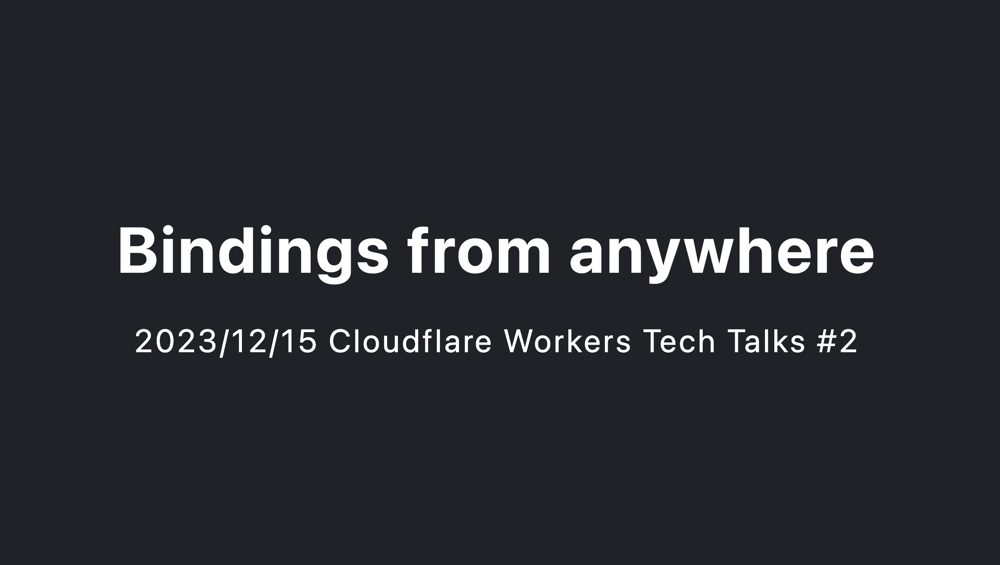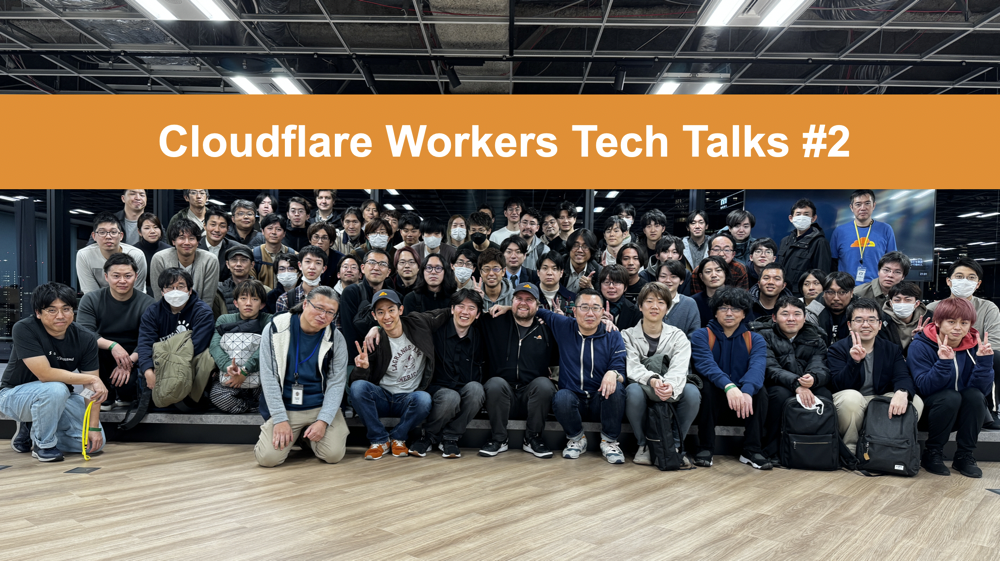
Cloudflare Workers Tech Talks #2
Cloudflare Workers Tech Talks #2
Last Friday, on December 15, 2023, I hosted the second ”Workers Tech Talks” event in Tokyo. It was a successful event, with over 90 developers attending! This could be the largest event for Workers developers globally. Ricky Robinett (Cloudflare - VP, Developer Relations & Community Team Manager) was also there as a speaker and demonstrated Workers AI. It was a fantastic time spent talking about Cloudflare Workers. I’ll report on this event.
#1
The first “Workers Tech Talks” event was held on July 19. You can view the report from the link below.
https://blog.yusu.ke/workers-tech-talks-1/
Venue
The venue for the event was the office of Classmethod, Inc., located in Hibiya, Tokyo, the same as for Workers Tech Talks #1. We were able to rent this place without any fee, thanks to Classmethod. We owe them a lot of thanks.
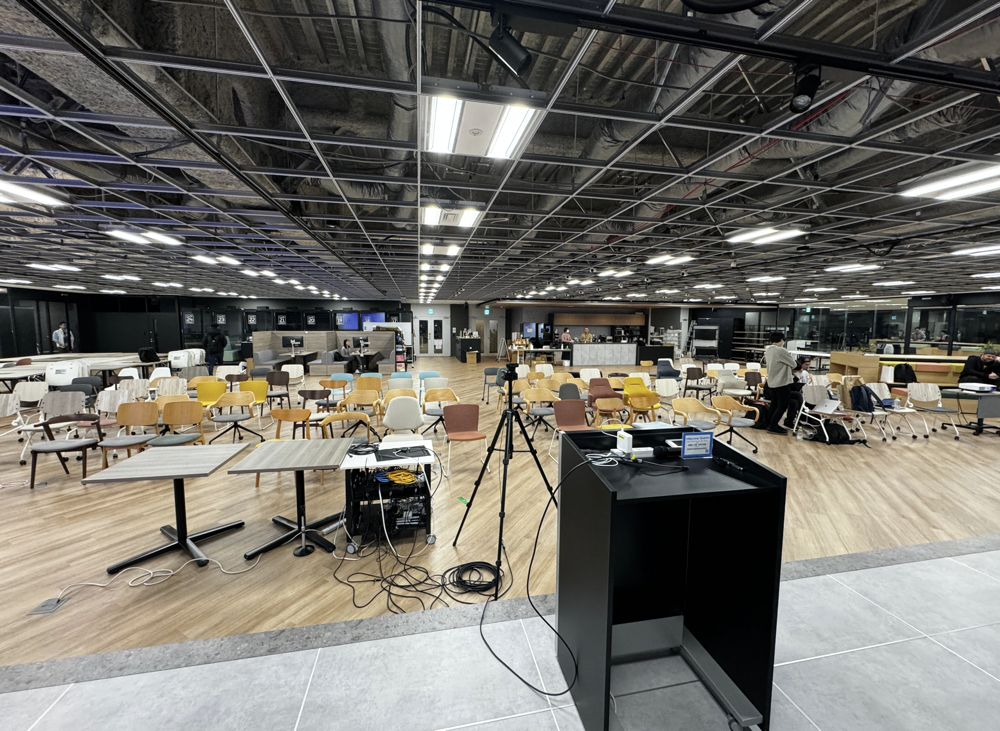
Attendees
I used a website called connpass for inviting attendees.
https://workers-tech.connpass.com/event/300546/
In the end, over 90 developers attended the event, which was a very large number . There have been many meetups in Tokyo post-pandemic, but having 90 attendees is considered very significant in the Japanese meetup scene. It appears that Cloudflare Workers is becoming a major trend among Japanese developers.
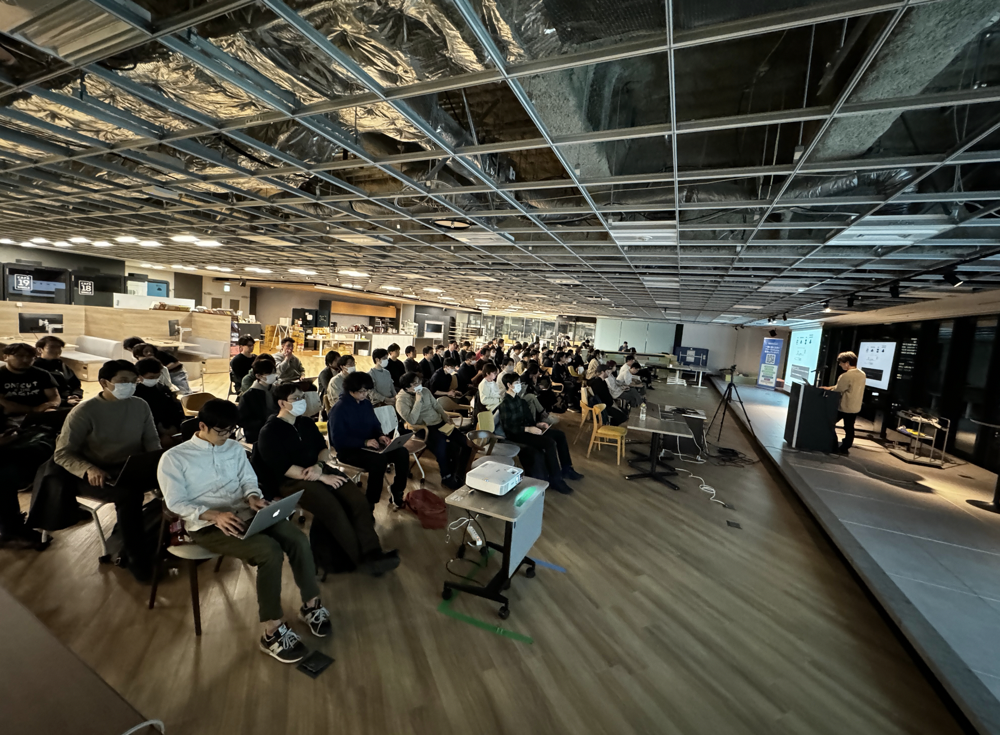
Hashtag
I encouraged attendees to tweet about the event using the hashtag #workers_tech. You can view these posts through the link below. While most of them are in Japanese, you can see a lot of posts.
https://twitter.com/hashtag/workers_tech
Talks
There were three talks, each lasting 15 minutes, a 30-minute demo session by Ricky Robinett , and four lightning talks, each 5 minutes long.
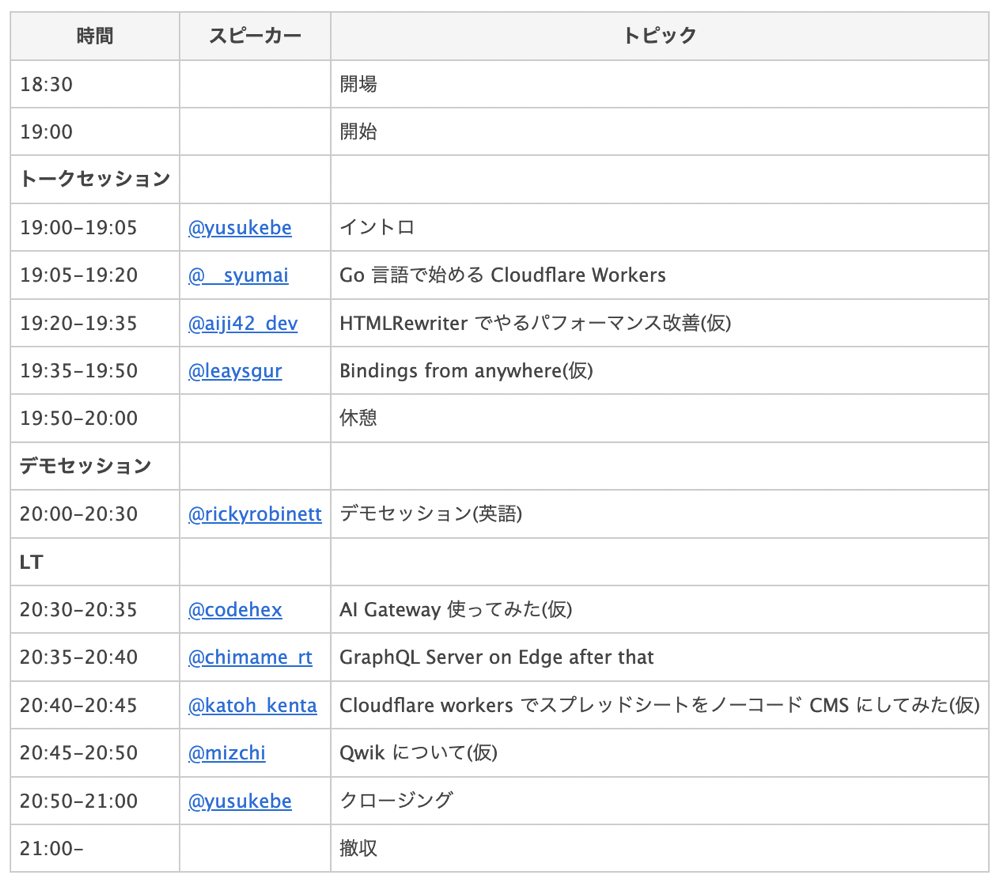
Let’s take a look at each of the talks and a session.
Starting Cloudflare Workers with Go by @__syumai
He introduced his open source project named syumai/workers.
This project allows for the development of Cloudflare Workers using the Go language. An interesting point is that you can create Workers applications just as you would create regular Go applications, such as using http.HandleFunc.

These Go programs are compiled into WASM and can be deployed using Wrangler. Thanks to its Go programming capabilities, he was able to create an image converter application using the image/png package. This project already supports D1, KV, and other Bindings, and he plans to extend support to cloudflare::sockets.
Performance improvement with HTMLRewriter @aiji42_dev
This talk focused on HTMLRewriter. He highlighted Cloudflare Fonts and Zaraz as effective use cases for HTMLRewriter, demonstrating how we can develop Workers applications that rewrite HTML at the CDN layer. He aimed to improve the performance of album pages containing many large-sized images. The application enables the display of blurred images initially, which are then replaced by the actual images once they are fully retrieved.
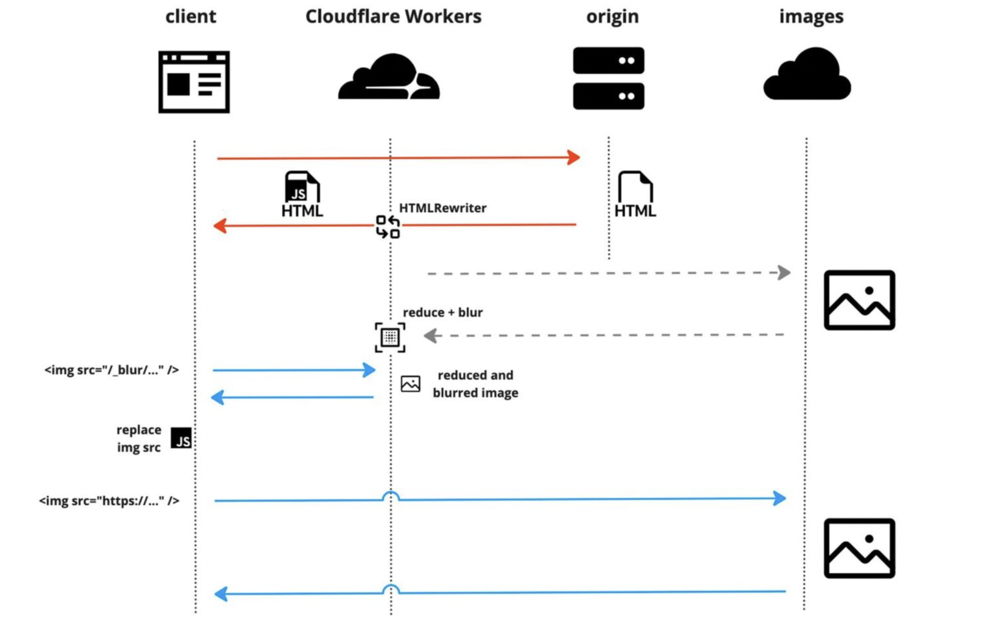
Using this approach, the LCP in the Lighthouse score improved, dropping from 5.3 seconds to just 0.7 seconds. He concluded by saying that you can do a lot with HTMLRewriter.
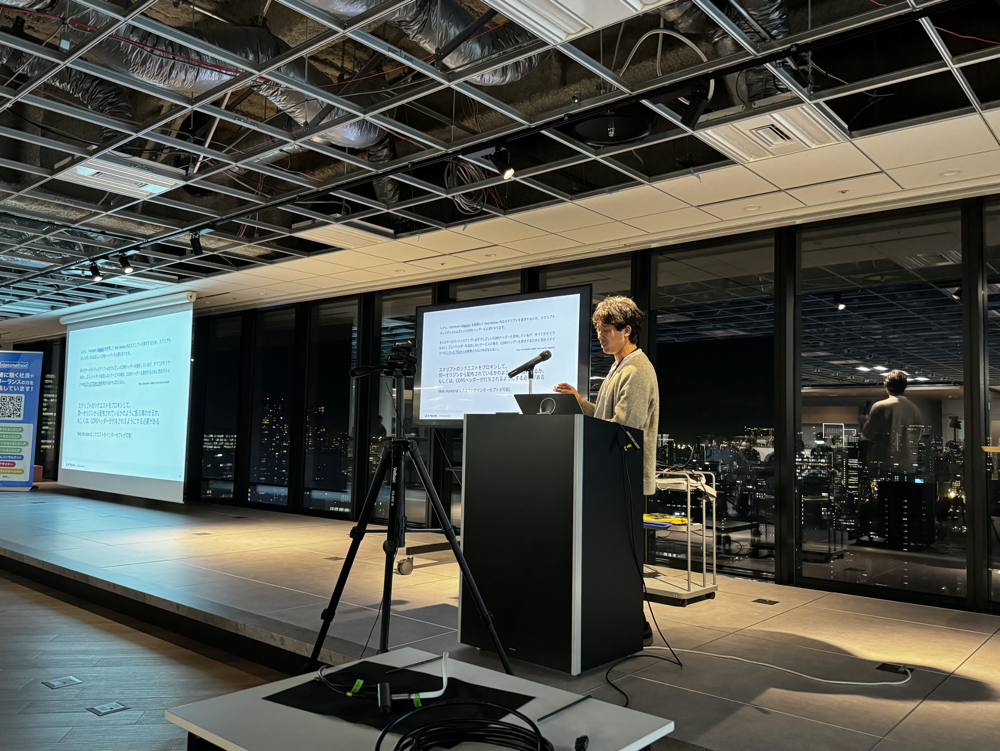
Bindings from anywhere by @leaysgur
https://leaysgur.github.io/slides/cloudflare_workers_tech_talks-2/
His talk focused on how we can use Bindings in our Workers applications. The problem we face is the inability to access Bindings on most development servers of frameworks, such as when using Vite. While we can use Bindings with Miniflare’s features, this only supports local resources, and we lack ways to access remote Bindings without the wrangler dev --remote command. To address this, he created his open-source software, ”cfw-bindings-wrangler-bridge“.
This module has two parts. The first part is Module that is imported into the Workers application, and the second part is a Worker, which acts as a proxy server and is invoked by the Module.
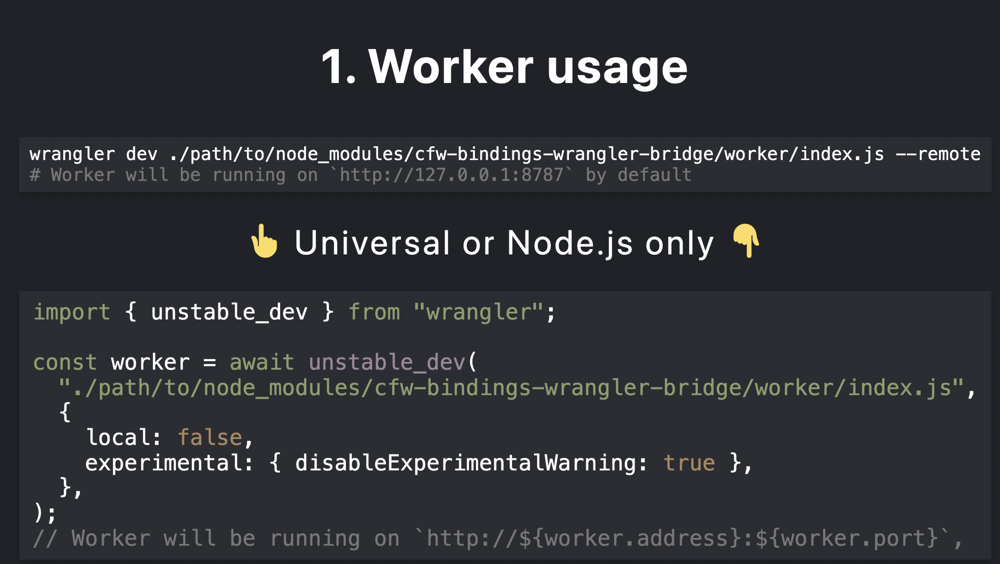
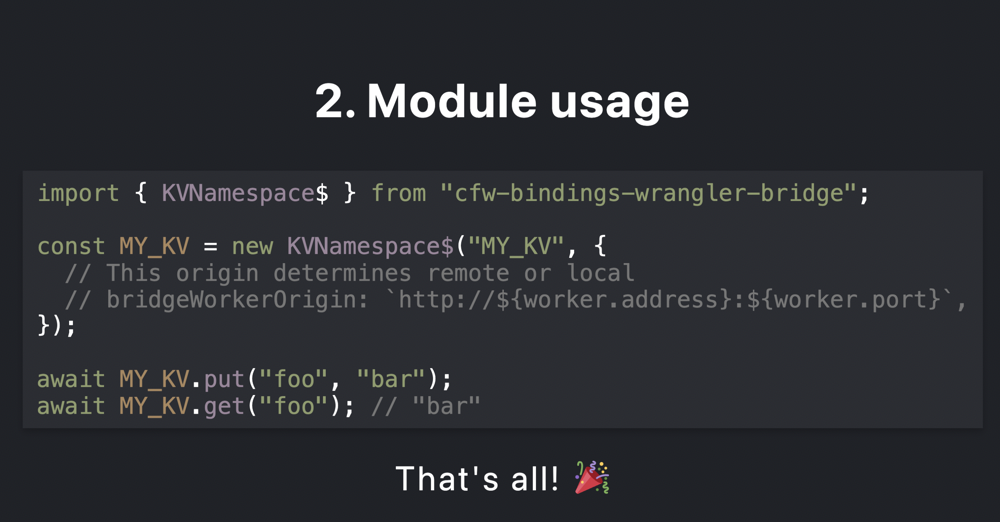
This supports all remote Bindings, including Vectorize, allowing for development with them on a local machine.
Demo session by @rickyrobinett
Ricky presented a 30-minute demo about Workers AI. He used stable diffusion to generate images like ”cyberpunk kangaroo” and more.
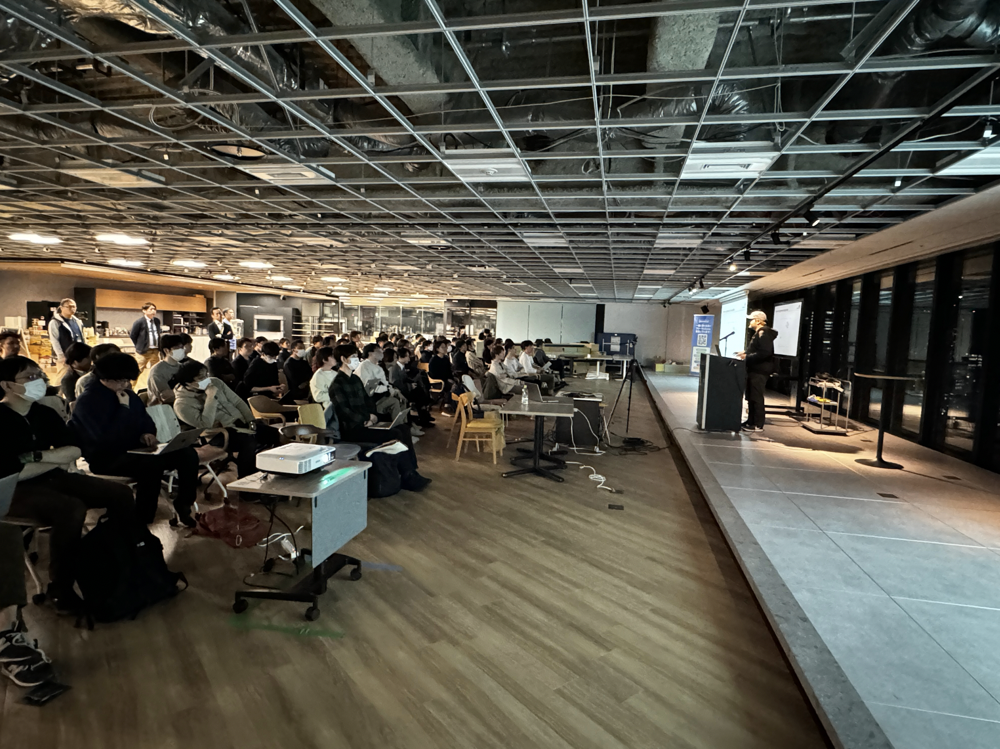
We use AI Gateway by @codehex
He mentioned that his company is using AI Gateway. One of the key advantages of AI Gateway is its ability to cache responses from sources like OpenAI. It was interesting to hear about a specific problem he encountered with Azure OpenAI. He asked for help on our Discord channel. As he engaged in conversations with our members, it turned out that the issue was on our end. Eventually, the problem was resolved, leading him to conclude that Cloudflare support was great!
GraphQL Server on Edge after that by @chimame_rt
He talked about a more detailed topic of his previous presentation in “Workers Tech Talks #1” about migrating the GraphQL Server from GCP to Cloudflare Workers. It was about database connection notes and logging. And he said that the operational cost was really reduced to 1/10!
Making Google Spreadsheets as no-code CMS by @kato_kenta
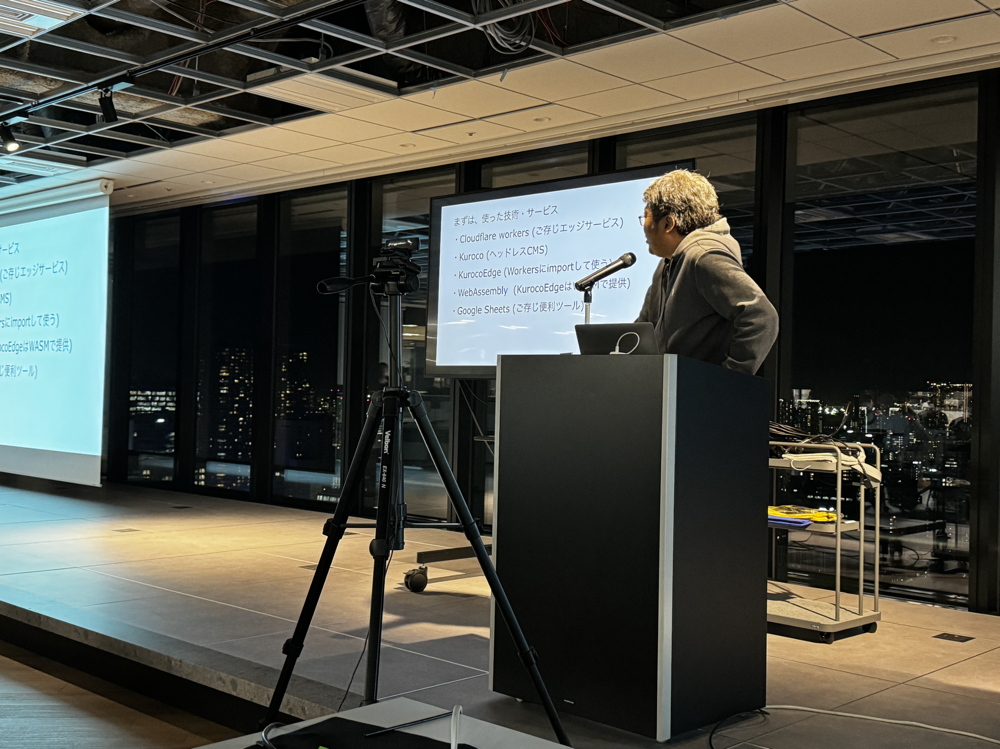
His company is developing an edge proxy using Cloudflare Workers, named Kuroco Edge. This tool enables the modification of request and response headers without altering the original resources. In his demo, he showcased how web pages can be modified using a CSS selector. An interesting point of his approach is the management of these rules via Google Spreadsheets.
Qwik - is a dream for front-end engineers by @mizchi
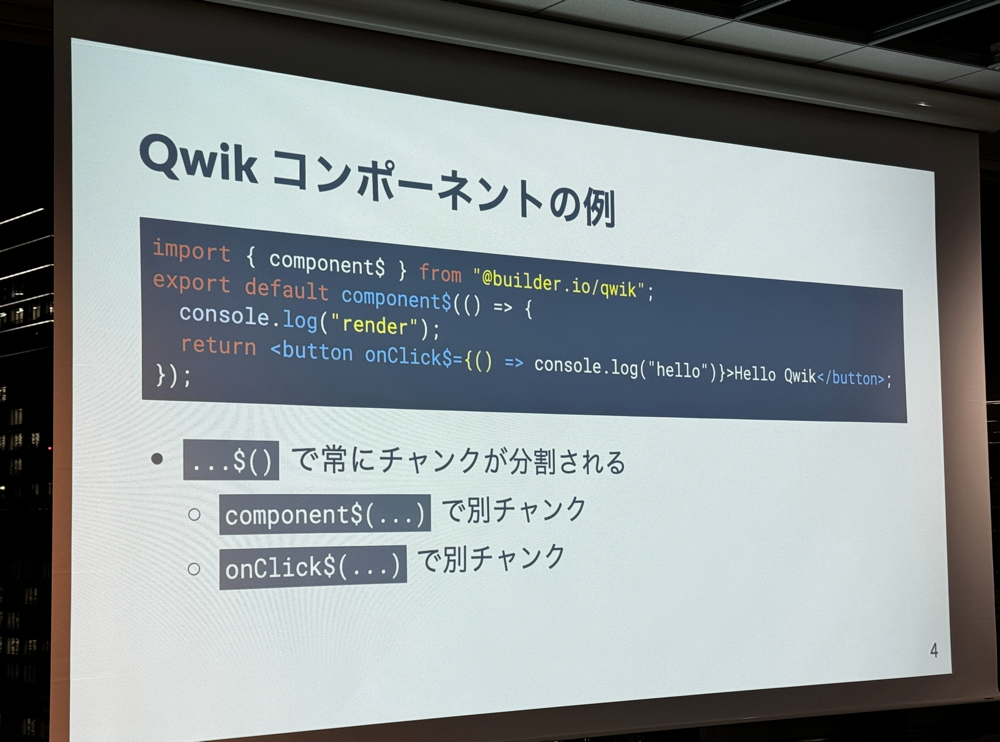
https://gist.github.com/mizchi/7abb8d88dd344d38ef355a8b424505a8
He talked the web UI library Qwik. The key advantage of Qwik is that most elements, including functions, are chunked and loaded dynamically. He mentioned that Qwik could be the most powerful UI library for those who know how to use it effectively, potentially making it a silver bullet for personal development projects.
Feedbacks
The tweets on X show a lot of feedback. Actually, I told the presenter not to include ”What are Workers?”. That means that the talks were of a high level. Nonetheless, many were satisfied with the talks. They also saw Ricky’s demo and realized the potential of Workers AI.
Recap
Workers Tech Talks #2 was one of the largest events for Workers developers. In the end, we took a awesome picture!
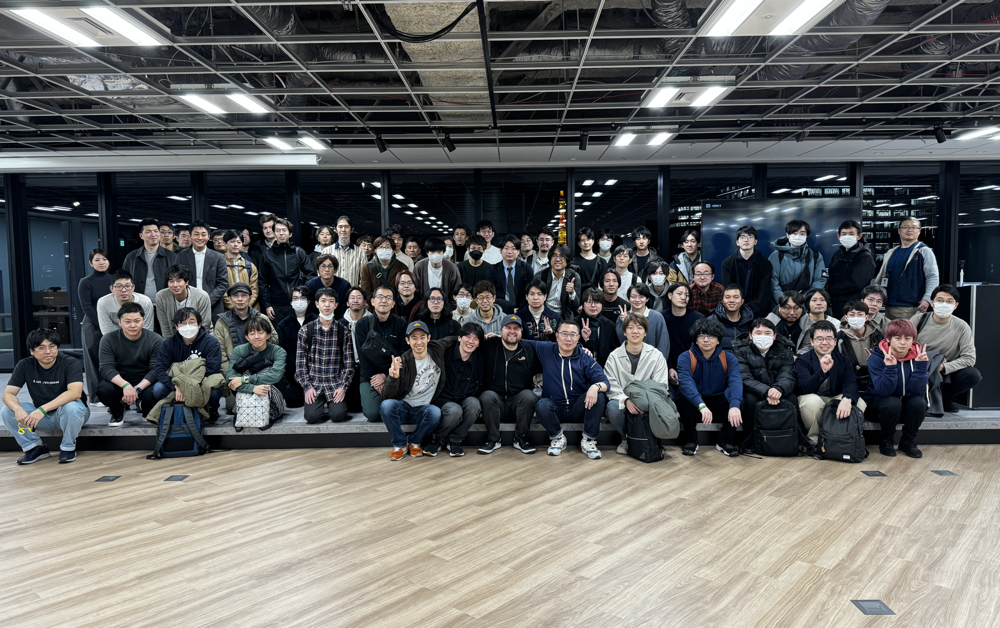
Next up, Workers Tech Talks #3 is scheduled for next April. I can’t wait for it!
